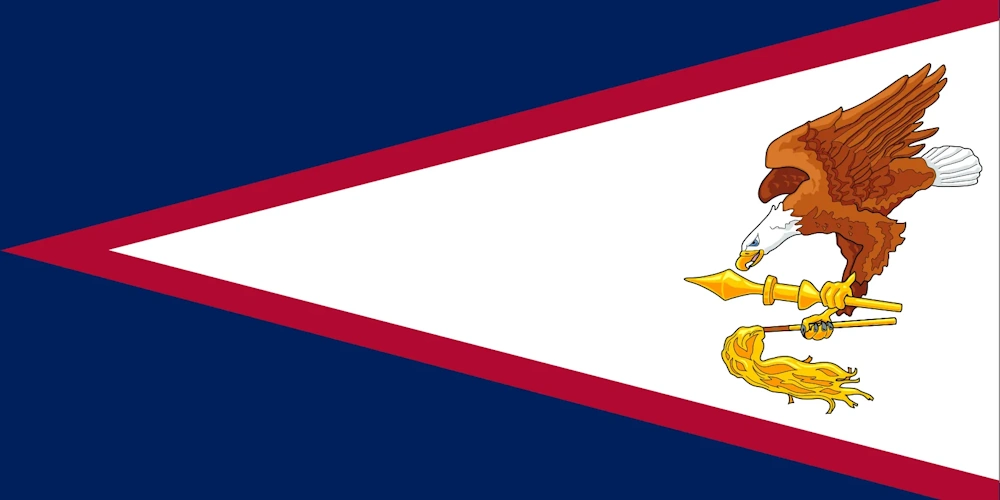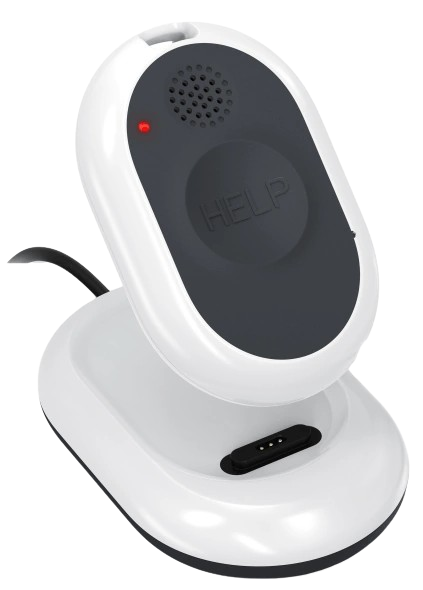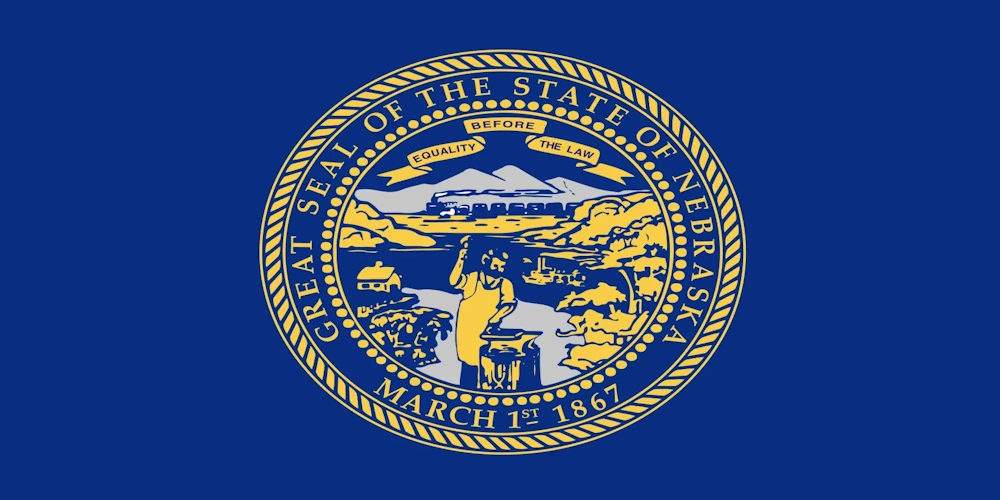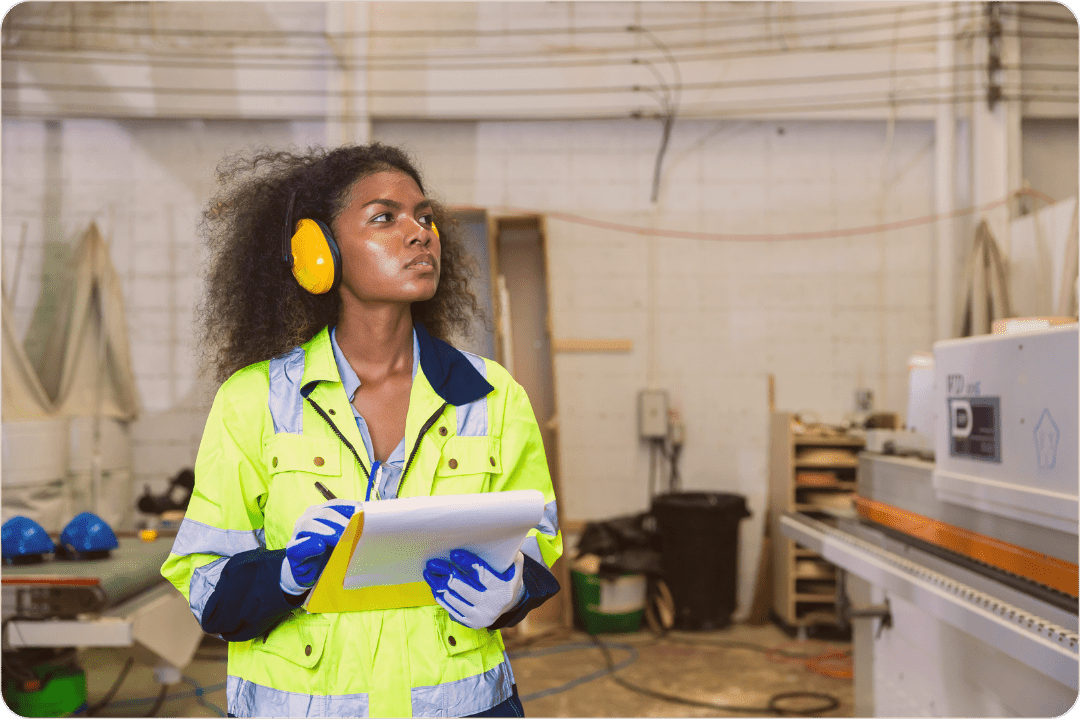American Samoa Lone Worker
Our Safety Policy Guide For Lone Workers In American Samoa
In American Samoa, workers are often employed in sectors such as fishing, shipping, manufacturing, government services, and utilities—many of which involve tasks performed alone or in remote settings. These lone workers, who operate without direct supervision or nearby colleagues, face elevated risks in emergency situations. It is essential for employers in American Samoa to take proactive steps to identify these risks and implement safety protocols.
American Samoa does not operate its own OSHA-approved State Plan. Therefore, all occupational health and safety standards for private-sector workers are enforced by federal OSHA, which oversees the U.S. territories. The region is part of OSHA’s Region 9, along with Hawaii, California, Nevada, and other Pacific territories.
On This Page
Our Guide To Lone Worker Safety Policy And Legislation In American Samoa
Because American Samoa falls under federal OSHA jurisdiction, workplace safety requirements are governed by OSHA’s federal regulations. Employers in the territory are required to comply with federal safety standards, including those that indirectly cover lone working conditions under the General Duty Clause.
This clause mandates that employers provide a workplace free from recognized hazards. In the context of lone work, this means ensuring that employees who perform tasks alone are not exposed to unmanaged risks due to their isolation. This includes workers aboard vessels, in remote infrastructure jobs, or during off-hours facility maintenance.
Though there is no specific lone worker regulation, employers are expected to assess job-specific hazards and establish appropriate controls.
How American Samoa Defines A Lone Worker
There is no official legal definition of “lone worker” in American Samoa’s labor code or federal OSHA standards. However, the term is used to describe any employee who performs tasks without the presence of other staff or immediate supervision.
In American Samoa, lone workers may include:
- Port and dock workers performing maintenance in isolated areas
- Fishing industry personnel working alone on vessels or in processing plants
- Facility managers or security guards working night shifts
- Technicians performing remote infrastructure repairs
- Public service workers conducting site visits or inspections
Given the region’s insular geography and variable communication infrastructure, lone worker safety is an especially important concern.
Employing A Lone Worker In American Samoa
Employers in American Samoa are required to proactively manage all workplace hazards, including those related to working alone. Even though there is no OSHA standard that specifically outlines lone worker requirements, employers must implement reasonable safety measures when employees are exposed to risk due to their isolation.
Recommended best practices include:
- Job Hazard Analysis (JHA): Identify risks associated with the job, especially when performed solo
- Communication Protocols: Equip workers with phones, radios, or lone worker safety apps
- Check-In Systems: Use manual or automated check-ins to monitor employee safety status
- Emergency Procedures: Provide clear protocols for evacuation, rescue, and medical aid
- Training: Teach workers to recognize hazards and respond appropriately without delay
Taking these steps not only enhances safety but also strengthens compliance with OSHA’s expectations for a hazard-free workplace.
Learn How You Can Protect Your Employees With Loneworker.com

With Loneworker.com you can be equipped with the knowledge and the means to protect your employees and protect your business. Contact us today to learn more about how Loneworker.com can protect you and your employees.
How The Safe Lone Worker App Can Protect American Samoa Lone Workers And Employers
The Safe Lone Worker app offers valuable tools to employers in American Samoa who need to keep lone workers safe across land and sea. Features such as real-time location tracking, emergency alert systems, fall detection, and automated check-ins enable employers to maintain oversight and respond promptly to incidents.
This is particularly useful in industries such as fishing, logistics, and facility maintenance, where individuals often operate out of sight and beyond immediate assistance.
American Samoa Lone Worker Policies
As a U.S. territory without an OSHA-approved State Plan, American Samoa falls under the authority of federal OSHA, which provides and enforces occupational safety regulations. While OSHA does not maintain a specific regulation dedicated solely to lone workers, it does require that all recognized workplace hazards be managed, including those related to working in isolation.
Employers are strongly encouraged to consult OSHA’s official website and Region 9 office for the most accurate and up-to-date regulatory guidance. This article is intended for general informational purposes and does not substitute for legal or professional safety advice.
American Samoa Lone Worker Resources
OHS Contact Centre
- 1-866-415-8690
CDC / NIOSH
- 800-232-4636

Affordable Monitoring For Lone Workers In American Samoa

-
 Monitoring Your Employees' Safety
Monitoring Your Employees' Safety
-
 GPS Tracking And Monitoring
GPS Tracking And Monitoring
-
 Man Down Panic Alerts
Man Down Panic Alerts
-
 24/7 Protection Anywhere
24/7 Protection Anywhere
Lone Worker Legislation
Lone Worker Safety Policies And Legislation By State
-
 Alabama State Safety Policies And Legislation
Alabama State Safety Policies And Legislation
-
 Alaska State Safety Policies And Legislation
Alaska State Safety Policies And Legislation
-
 Arizona State Safety Policies And Legislation
Arizona State Safety Policies And Legislation
-
 Arkansas State Safety Policies And Legislation
Arkansas State Safety Policies And Legislation
-
 California State Safety Policies And Legislation
California State Safety Policies And Legislation
-
 Colorado State Safety Policies And Legislation
Colorado State Safety Policies And Legislation
-
 Connecticut State Safety Policies And Legislation
Connecticut State Safety Policies And Legislation
-
 Delaware State Safety Policies And Legislation
Delaware State Safety Policies And Legislation
-
 Florida State Safety Policies And Legislation
Florida State Safety Policies And Legislation
-
 Georgia State Safety Policies And Legislation
Georgia State Safety Policies And Legislation
-
 Hawaii State Safety Policies And Legislation
Hawaii State Safety Policies And Legislation
-
 Idaho State Safety Policies And Legislation
Idaho State Safety Policies And Legislation
-
 Illinois State Safety Policies And Legislation
Illinois State Safety Policies And Legislation
-
 Indiana State Safety Policies And Legislation
Indiana State Safety Policies And Legislation
-
 Iowa State Safety Policies And Legislation
Iowa State Safety Policies And Legislation
-
 Kansas State Safety Policies And Legislation
Kansas State Safety Policies And Legislation
-
 Kentucky State Safety Policies And Legislation
Kentucky State Safety Policies And Legislation
-
 Louisiana State Safety Policies And Legislation
Louisiana State Safety Policies And Legislation
-
 Maine State Safety Policies And Legislation
Maine State Safety Policies And Legislation
-
 Maryland State Safety Policies And Legislation
Maryland State Safety Policies And Legislation
-
 Massachusetts State Safety Policies And Legislation
Massachusetts State Safety Policies And Legislation
-
 Michigan State Safety Policies And Legislation
Michigan State Safety Policies And Legislation
-
 Minnesota State Safety Policies And Legislation
Minnesota State Safety Policies And Legislation
-
 Mississippi State Safety Policies And Legislation
Mississippi State Safety Policies And Legislation
-
 Missouri State Safety Policies And Legislation
Missouri State Safety Policies And Legislation
-
 Montana State Safety Policies And Legislation
Montana State Safety Policies And Legislation
-
 Nebraska State Safety Policies And Legislation
Nebraska State Safety Policies And Legislation
-
 Nevada State Safety Policies And Legislation
Nevada State Safety Policies And Legislation
-
 New Hampshire State Safety Policies And Legislation
New Hampshire State Safety Policies And Legislation
-
 New Jersey State Safety Policies And Legislation
New Jersey State Safety Policies And Legislation
-
 New Mexico State Safety Policies And Legislation
New Mexico State Safety Policies And Legislation
-
 New York State Safety Policies And Legislation
New York State Safety Policies And Legislation
-
 North Carolina State Safety Policies And Legislation
North Carolina State Safety Policies And Legislation
-
 North Dakota State Safety Policies And Legislation
North Dakota State Safety Policies And Legislation
-
 Ohio State Safety Policies And Legislation
Ohio State Safety Policies And Legislation
-
 Oklahoma State Safety Policies And Legislation
Oklahoma State Safety Policies And Legislation
-
 Oregon State Safety Policies And Legislation
Oregon State Safety Policies And Legislation
-
 Pennsylvania State Safety Policies And Legislation
Pennsylvania State Safety Policies And Legislation
-
 Rhode Island State Safety Policies And Legislation
Rhode Island State Safety Policies And Legislation
-
 South Carolina State Safety Policies And Legislation
South Carolina State Safety Policies And Legislation
-
 South Dakota State Safety Policies And Legislation
South Dakota State Safety Policies And Legislation
-
 Tennessee State Safety Policies And Legislation
Tennessee State Safety Policies And Legislation
-
 Texas State Safety Policies And Legislation
Texas State Safety Policies And Legislation
-
 Utah State Safety Policies And Legislation
Utah State Safety Policies And Legislation
-
 Vermont State Safety Policies And Legislation
Vermont State Safety Policies And Legislation
-
 Virginia State Safety Policies And Legislation
Virginia State Safety Policies And Legislation
-
 Washington State Safety Policies And Legislation
Washington State Safety Policies And Legislation
-
 West Virginia State Safety Policies And Legislation
West Virginia State Safety Policies And Legislation
-
 Wisconsin State Safety Policies And Legislation
Wisconsin State Safety Policies And Legislation
-
 Wyoming State Safety Policies And Legislation
Wyoming State Safety Policies And Legislation
-
 American Samoa State Safety Policies And Legislation
American Samoa State Safety Policies And Legislation
-
 Guam State Safety Policies And Legislation
Guam State Safety Policies And Legislation
-
 Northern Mariana Islands State Safety Policies And Legislation
Northern Mariana Islands State Safety Policies And Legislation
-
 Puerto Rico State Safety Policies And Legislation
Puerto Rico State Safety Policies And Legislation
-
 Washington D.C. State Safety Policies And Legislation
Washington D.C. State Safety Policies And Legislation
-
 Virgin Isles State Safety Policies And Legislation
Virgin Isles State Safety Policies And Legislation







